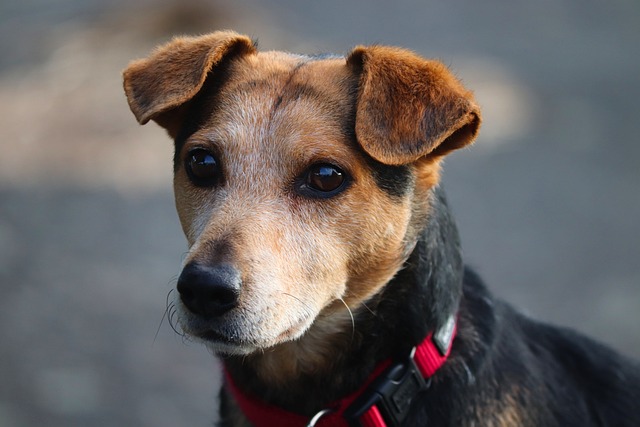
What can I feed my dog to prevent arthritis?
Watching your dog run and play without a limp is one of the best parts of having a pup around. But as they get older, joint issues like arthritis can creep in, making those happy moments harder.
When you’re a new dog owner in the U.S., the thought of introducing your furry friend to new people can be both exciting and nerve - wracking. Whether it’s a friend coming over or meeting someone on a walk, a proper introduction is key to ensuring positive interactions. Understanding why and how to do it right can make all the difference for your dog’s social development and your peace of mind.
Dogs are social animals, but their reactions to new people can vary widely based on their personality, past experiences, and breed. A negative introduction can trigger fear or aggression, while a positive one reinforces their sense of security and builds trust. Biologically, dogs rely on body language and scent to assess new individuals. When they feel threatened during an introduction, their fight - or - flight response kicks in, which can lead to problems down the line. That’s why taking the time to plan a calm, controlled introduction is essential.
To start, choose a neutral location for the introduction. If it’s at home, have the new person wait outside the door while you prepare your dog. Use a leash if necessary to maintain control, but avoid pulling or jerking it, as this can increase your dog’s anxiety. Ask the new person to approach slowly, avoid making direct eye contact with your dog, and let your dog come to them. Eye contact can be perceived as a threat by dogs, especially if they’re nervous. Have some high - value treats on hand, like small pieces of cooked chicken or cheese. When your dog shows curiosity, such as sniffing the new person, immediately give them a treat and offer gentle praise. This positive reinforcement helps your dog associate the new person with something good.

If your dog is particularly shy or anxious, the new person can crouch down to your dog’s level to appear less intimidating and extend a closed fist for your dog to sniff. Once your dog seems comfortable, the person can offer a treat from an open palm. Keep the first interaction short, around 5 - 10 minutes, and end on a positive note. If your dog shows signs of stress, like growling, whining, or trying to hide, take a step back and give them more time. You can try again later or break the introduction into smaller sessions.
In the American pet - owning community, responsible introductions are part of being a good pet parent. Make sure your dog’s vaccinations are up - to - date as required by state law, especially if you plan to introduce them to people in public places. When living in apartments, be mindful of noise during introductions to avoid disturbing neighbors. During community walks, always keep your dog on a leash during introductions to comply with local leash laws and ensure the safety of everyone involved. And remember, never use punishment if your dog reacts negatively during an introduction. Instead, focus on positive training methods, which align with the animal welfare values deeply ingrained in American pet - loving culture. Also, always clean up after your dog promptly, whether the introduction takes place indoors or outdoors, to maintain good pet - owner etiquette.
By following these steps, you can help your dog have positive experiences when meeting new people. With patience and consistency, your dog will become more confident and sociable, making every introduction a pleasant one.

Watching your dog run and play without a limp is one of the best parts of having a pup around. But as they get older, joint issues like arthritis can creep in, making those happy moments harder.

Finding your dog’s wrinkles looking puffy and irritated is never fun—those squishy folds that make breeds like Bulldogs and Pugs so charming can quickly turn into a source of discomfort.

How to get rid of parasites in dogs? If you’ve noticed your pup scratching nonstop or found tiny specks in their fur, you’re probably dealing with this unwelcome issue.

Can used coffee grounds hurt dogs? It’s a question that pops up for new dog owners in the US, especially those who hate wasting household scraps.

Is it normal for dogs to throw up from anxiety? If you’ve ever come home to a mess after a stressful car ride or a thunderstorm, you’re probably wondering the same thing.

Watching your dog struggle with pain—whether from a sprained paw, arthritis, or an upset stomach—hurts almost as much as feeling it yourself. You want to help them feel better fast, but reaching for your own pain meds is a big no.